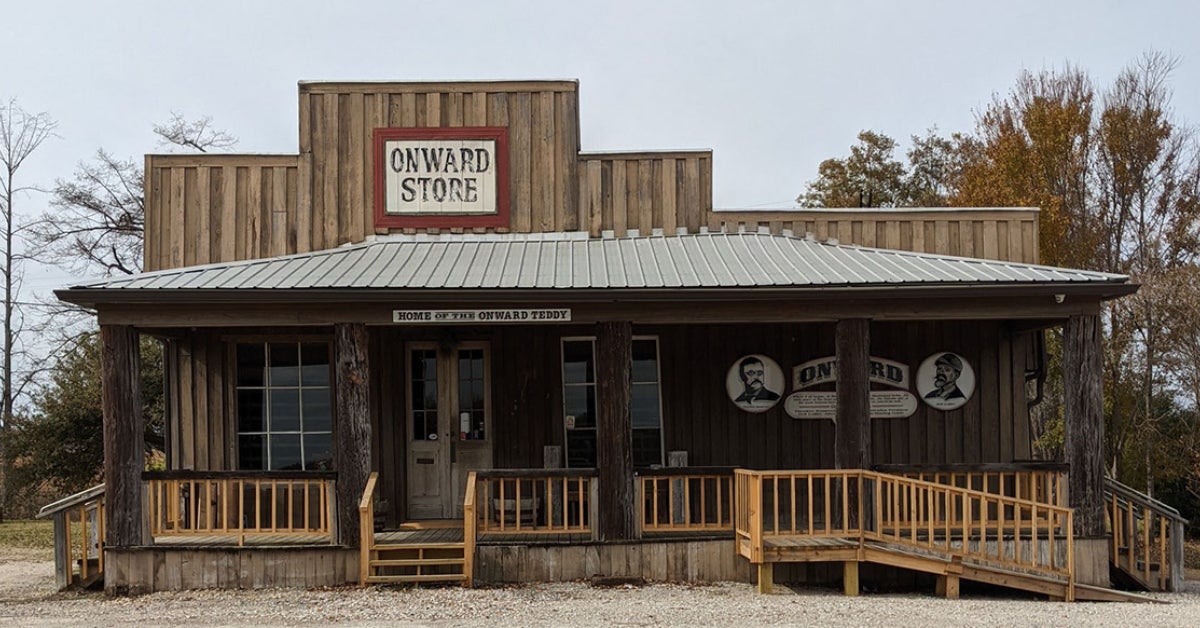Slowly, steadily, levees being raised|[3/21/05]
Published 12:00 am Monday, March 21, 2005
For the first time in a generation, people who live beside a Mississippi River levee in this area have had to be moved for levee-raising work.
Three pieces of property where people lived either as primary residences or had a hunting camp have been bought by the 5th Louisiana Levee District.
“Because their houses are right up next to the levee, any substantial addition to the levee would take their property,” said the attorney for the district, Calvin Adams of Tallulah.
Owners were paid market value of $449,795 plus relocation costs of $321,460. They had no choice about selling since the levee district has the legal authority to take land it needs in its ongoing efforts to shield farms and homes from Mississippi River overflow.
Taxes collected for the levee district are generally sufficient only to cover the costs of regular levee maintenance, but the land aquisition was funded by the Louisiana Department of Transportation and Development or through it by the federal government, Adams added.
The district extends from the Arkansas border to where the Louisiana-Mississippi border turns east-west and is the nation’s largest levee district, said James Earl Shivers, district superintendent. It encompasses East Carroll, Madison, Tensas and Concordia parishes.
The levee district last needed to acquire property in 1984 or before, said the board’s chairman and a member since then, Reynold S. Minsky of Lake Providence.
“Normally levees in our district are not in populated areas,” Minsky said.
The acquisitions of the occupied property are three of 21 parcels covering about 470 acres that have been or are to be acquired for levee-raising in north Madison Parish, said Nancy Whitten of the levee district’s office. The parcels range in size from almost 90 acres to less than one-tenth of an acre, she added.
The area includes borrow area, land from which soil will need to be taken to add to the levee, Whitten said. Most of that area is between the levee and the river so as to leave productive farmland undisturbed, she added.
Negotiations to acquire the occupied property took a year or more and required the help of a relocation expert from Shreveport, Minsky said.
“We didn’t have any experience in relocation,” he said, adding that the specialist herself had no experience in helping a levee district move people.
The homes and other structures that were on the occupied property have been or will need to be torn down, Minsky said.
The levee-raising is being done by the U.S. Army Corps of Engineers’ Vicksburg District. Senior Project Manager Kent Parrish said it’s normal for levees to need to be raised and that the project has been ongoing since shortly after the river flooded in 1973.
That flood exposed inadequacies in levees on both sides of the river, especially in the areas of Lake Providence and Mayersville, Parrish added. In some places the levee was as much as 8 feet too low, he said the Corps of Engineers found during the flood. Subsequent floods, including ones in 1991 and 1993, have helped push levee-raising in those places higher on the priority list of federal projects.
“It’s one of the last items north of Interstate 20 (in Louisiana) that needs to be raised,” Parrish said of the segment where the residents lived. Levee-raising there could begin as early as late summer of this year, he added.
“We don’t know what the river’s going to do,” he said of a major factor that makes the timing of such projects uncertain.
Levee-raising is also under way in Mississippi along a stretch of the levee about 20 miles around Mayersville, Parrish added.
The object is to “get the height up and fix under-seepage problems,” Parrish added. “It’s a big undertaking – it will take at least 20 more years.”





